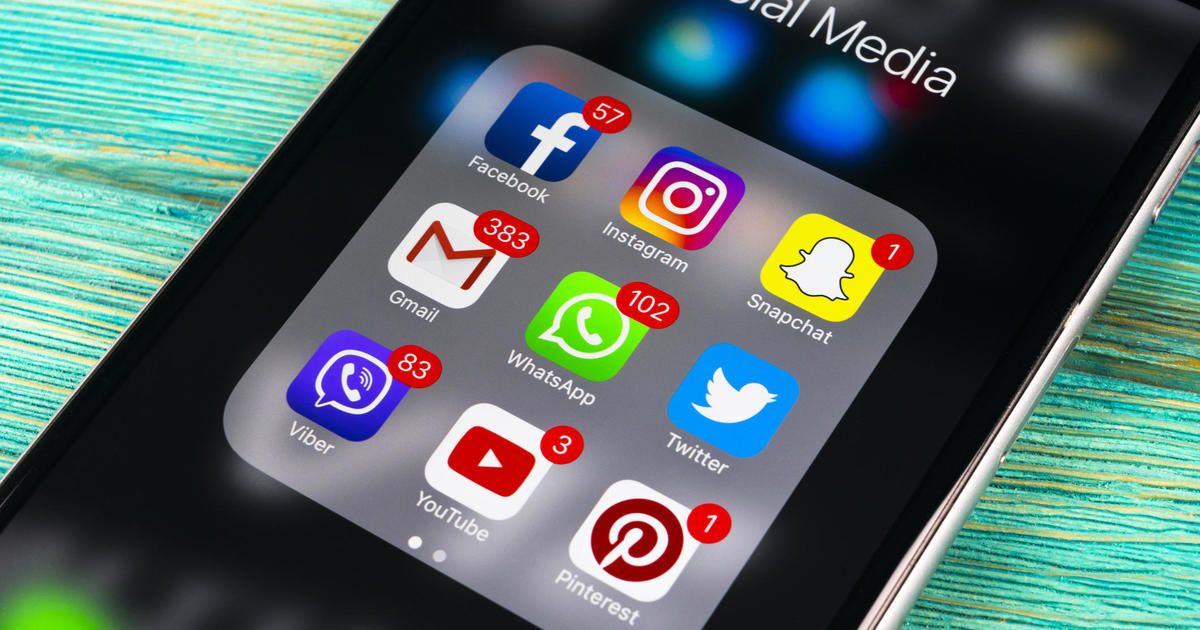
Picture this: You’re scrolling through your feed on Instagram and notice what appears to be an endorsed advertisement for a new workout supplement. The post has received hundreds of thousands of likes and dozens of comments.
Bewilderment overcomes you as you try to figure out why the Instagram user looks familiar. But at the same time, you feel intrigued to learn more about the product based on the amount of attention the post has received. And that glowing review, which acts as the photo caption, makes you feel inclined to purchase the supplement.
Don’t fret, this isn’t a scam. In fact, thousands of companies have been using this relatively new concept. It’s simply a modern form of advertising called “influencer marketing,” which allows for so-called influencers — users who have a large following on social media platforms like Facebook (FB), Instagram, YouTube (GOOG), Twitter (TWTR) and Snapchat (SNAP) — to partner with brands that are in sync with their lifestyles.
In recent years, traditional celebrity endorsements have taken a back seat to brands’ influencer-created content. So stars like Paris Hilton and Kim Kardashian have been replaced by that familiar, yet unfamiliar face that popped up in your feed moments ago.
And as long as Instagram and other platforms continue as go-to places for many shoppers, influencers will keep racking in thousands of dollars as quickly as their posts acquire likes.
What does it mean to be a social media influencer?
Influencers can be fitness gurus, gaming addicts, beauty bloggers, fashionistas, foodies, travel experts, etc. They offer an authentic presence on social media based on their copious numbers of followers and level of engagement. Generally speaking, each influencer maintains an audience of at least 10,000 followers on one platform, if not more.
But it takes more than having an attractive physique and a coveted blue “verified” badge to acquire digital celebrity status.
Influencers use social media platforms to connect with their audience on a personal level. They brand themselves within a specific industry by promoting content that coincides with their values and interests. For example, someone who correlates with fashion would be more inclined to promote a clothing company’s T-shirt as opposed to a travel agency’s sale on a vacation package to an exotic destination.
Brands hire influencers and pay them to endorse their product(s) or service(s) within photos and videos, which essentially act as word-of-mouth opinions similar to what you might seek from a close friend. Many consumers value the opinions of influencers, which subsequently makes them more inclined to purchase the product that’s being advertised.
Last year, Forbes released a comprehensive list of the world’s top influencers. The going rate for influencer-created content ranges anywhere from $500 to upwards of $20,000, or more, for each sponsored post.
Does influencer marketing work?
Influencer marketing — sometimes described as the “Wild West” for its lack of strategic guidance — has gained a competitive edge in the industry due to its tendency to form viral conversations about brands online. Over the years, companies have developed applications to help brands determine which influencers are best suited for their digital campaigns.
Take Ryan Detert, CEO of Influential. Six years ago, Detert was an influencer himself. But over time, he realized a gold mine was forming in influencer marketing, and he wanted in.
So in 2014, Detert channeled his digital prowess to create a platform that uses machine learning and artificial intelligence (AI), powered by IBM Watson, to match Fortune 1000 brands with social media influencers. That led to the birth of his company.
Essentially, brands are able to send deal flows to influencers and track their campaigns’ performance by using Influential’s dashboard.
“We have created a multistep process where it’s not just influencer marketing. But instead, we’re using our technology, our data, to provide the most transparent sites to deliver on a campaign,” Detert said. “We’re closing the loop. That’s the holy grail of marketing. It’s not just getting people who can speak word-of-mouth about you, but tracking that can lead to higher increase in sales, better sentiment, overall response that’s different than just hoping a TV commercial is watched.”
“If we match back the brand’s personality to the influencer’s personality, we’re seeing a 30 percent lift in engagement in overall ROI [return on investment],” he continued. “All of these things allow for you to activate the best social influencer and then track back to see if it had some sort of impact.”
According to Detert, three tiers — micro, macro and mega — define influencers’ bandwith on social media and determines their ability to move the needle on followers’ purchasing decisions. He urges advertisers to target the macro tier, which includes influencers who typically maintain 50,000 to 2 million followers.
“You want people who have the highest level of engagement — meaning likes, retweets, comments and reshares — versus their total follower count. Celebrities have half a percent of engagement, versus someone who might be a domain expert that has half a million followers,” he explained. “They all have a place in the marketplace. But if you want a digital buy, you wouldn’t necessarily go with the biggest celebrity, unless you plan on surrounding them with a bunch of other smaller influencers.”
Influential also offers a new standard within the industry that helps brands identify influencers by using demographic, contextual and psychographic information.
“What you want to be able to do is really match people properly through these different methodologies and then be able to create content that’s in the voice of the influencer, but hits all of the things that the brand cares about. Like which hashtag to use, type of sentiment you want to get across, being able to speak to a mommy blogger versus a Gen Z millennial,” Detert said.
Still, the big question remains: Does influencer marketing actually work? Most would agree that it does, because influencers can reach a larger audience than what a traditional ad may target.
“There is no one that I’ve seen that has said, ‘No, it’s not for us.’ There’s too much ROI. There’s too much money you can make off of this,” Detert said. “It’s too integral to the branding, the persona of a brand, to not be on these social platforms and to not integrate or collaborate with a partner that can speak to these audiences.”
The future of influencer marketing
As the power of social media continues to grow, it’s arguably fair to say influencers will continue to have a stronger impact on consumer brand awareness. In turn, brands will be required to shift their strategies, conforming to this new norm as influencer-follower relationships expand.
Soon it’ll be rare to find a brand that doesn’t include influencers within its ad budget, according to Detert.
“This is the year of what we believe to be attribution,” he said. “Basically meaning that when someone puts out a message natively on these different platforms, through a paid media function, you can actually lead back to that person and see the content from the influencer. You’ll actually be able to see if they actually bought the product that’s being advertised.”
Detert also predicts the industry will “become more and more open” and it will be strongly “based off of native content.”
“It’s been fun to watch the journey,” he concluded. “Six years ago, we received $5,000 budgets, if we were lucky. Now, this is a $5 billion- to $10 billion-a-year business.”

